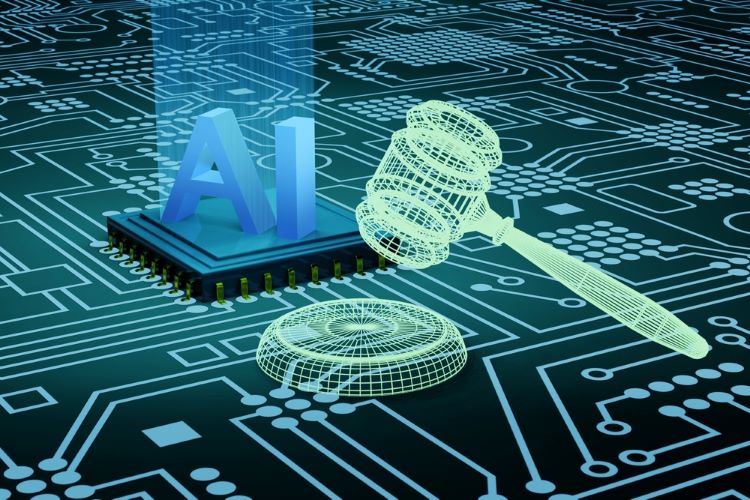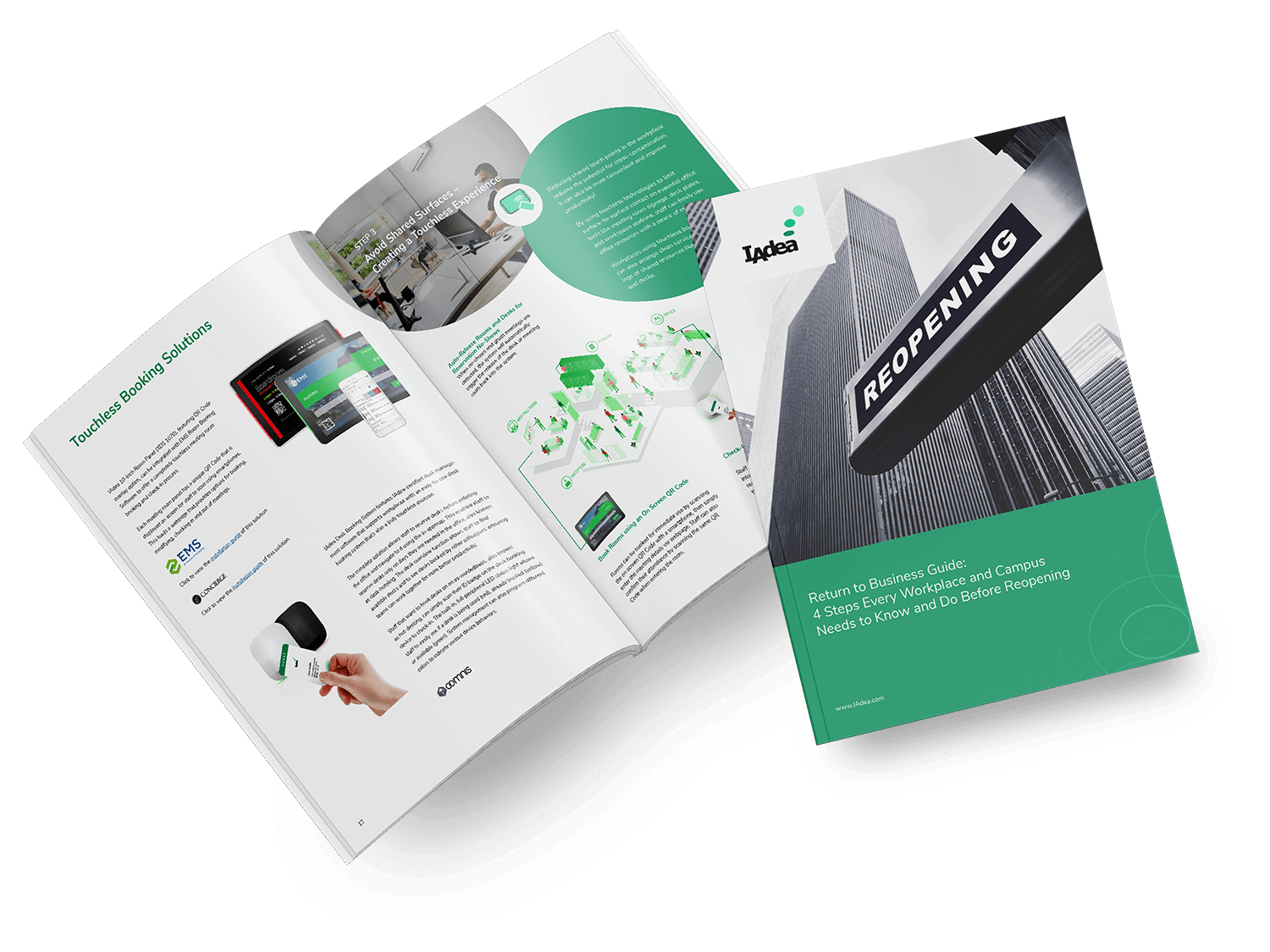The Fight Over AI Regulation: How The Trump Administration Tried To Shape European Policy

Table of Contents
Trump Administration's Approach to AI Regulation
The Trump administration's approach to AI regulation was fundamentally shaped by a belief in deregulation and free markets. This philosophy, applied across numerous sectors, significantly influenced its handling of AI.
Emphasis on Deregulation and Free Markets
The administration's overarching goal was minimal government intervention in the tech sector. This philosophy translated into a hands-off approach to AI regulation.
- Examples: The rollback of net neutrality rules and attempts to weaken environmental regulations demonstrate a broader preference for deregulation.
- Statements: Public statements from officials often emphasized the importance of innovation and competition, suggesting that heavy-handed regulation could stifle technological progress.
- Reasons: This approach may have been driven by a belief that the market would self-regulate, coupled with a desire to avoid hindering the growth of US tech companies.
Concerns Regarding European Data Protection (GDPR)
The EU's General Data Protection Regulation (GDPR), enacted in 2018, became a major point of contention. The Trump administration viewed it as a barrier to transatlantic data flows and a potential impediment to US technological dominance.
- Criticisms: The administration frequently criticized the GDPR for being overly burdensome and restrictive, arguing it created unnecessary compliance costs for US businesses.
- Trade Implications: Concerns were raised about potential trade disputes stemming from the GDPR's impact on data transfers between the US and EU.
- Statements: US trade representatives and officials voiced concerns about the GDPR's impact on US companies' ability to compete globally.
Promoting US Technological Dominance
Underlying the administration's approach was a clear aim to ensure US companies maintained a leading position in the global AI market. This objective, however, often manifested as a lack of proactive regulation rather than direct support.
- Support for US Tech Companies: While not explicitly stated as AI policy, the administration's overall support for the tech sector implicitly benefited US AI companies.
- Unfair Competition Concerns: The lack of US regulation, contrasted with the EU's more proactive approach, raised concerns about potential unfair competition.
- Specific Initiatives: While there were no specific large-scale initiatives focused solely on AI dominance, the administration's general pro-business stance indirectly fostered the growth of US AI companies.
Methods Employed to Influence European Policy
The Trump administration employed a multifaceted strategy to influence European AI regulation, relying on a combination of trade negotiations, diplomatic pressure, and (a lack of) transatlantic cooperation.
Bilateral Trade Negotiations
Trade negotiations provided a significant avenue for indirect influence. The administration could leverage trade agreements to pressure the EU on regulatory matters.
- Examples: Discussions surrounding digital trade agreements could have included provisions indirectly impacting AI regulation, although such linkages are complex and difficult to definitively demonstrate.
- Leverage Points: Threats of tariffs or trade restrictions on other goods could be used as leverage to influence the EU's stance on AI regulation.
- Impact on AI-Related Regulations: While direct evidence is limited, it is plausible that trade negotiations created pressure on the EU to consider the potential impact of its AI regulations on transatlantic trade.
Diplomatic Pressure and Lobbying
US tech companies and interest groups played a substantial role in lobbying efforts, supplementing diplomatic pressure exerted by the administration.
- Lobbying Activities: These activities likely focused on influencing EU policymakers to adopt a more lenient approach to AI regulation, aligning with the US model.
- Diplomatic Pressure: The administration likely used diplomatic channels to express its concerns about the EU's regulatory approach and advocate for less stringent rules.
- Successful/Unsuccessful Attempts: The overall success of these efforts is debatable; while some concessions may have been made, the EU largely pursued its independent regulatory path.
Transatlantic Dialogue and Cooperation (or lack thereof)
The transatlantic dialogue on AI regulation during this period was characterized by a significant lack of cooperation, driven primarily by differing regulatory philosophies.
- Collaborative Efforts: Limited evidence suggests substantive collaboration on AI regulation between the US and EU during this period.
- Communication Breakdown: Differences in regulatory approaches and the administration’s criticism of the GDPR contributed to a breakdown in effective communication and collaboration.
- Reasons for Limited Cooperation: The fundamental divergence in regulatory philosophies and the administration's focus on deregulation hampered any meaningful cooperative efforts.
Impact on European AI Regulation
Paradoxically, the Trump administration's actions might have inadvertently strengthened the EU's commitment to its own independent regulatory path.
Strengthening of European Data Sovereignty
The administration's criticisms of the GDPR and its focus on deregulation likely reinforced the EU's resolve to protect its data sovereignty.
- EU Policy Changes: The EU continued to strengthen its data protection framework and to pursue its own path regarding AI regulation.
- EU Response to US Approach: The EU's response was to double down on its commitment to independent regulation, demonstrating a resolve to chart its own course.
Increased Focus on Ethical Considerations
The perceived threats to European data privacy and the lack of cooperation with the US led to a stronger emphasis on ethical considerations in EU AI policy.
- Ethical Guidelines/Regulations: The EU has emphasized the ethical implications of AI development and deployment, reflecting a growing awareness of potential societal risks.
- Shift in Policy Priorities: Ethical concerns became a central element in shaping the EU's AI regulatory framework.
Long-Term Effects on Transatlantic Relations
The Trump administration's approach left a lasting impact on transatlantic relations regarding AI regulation and technological innovation.
- Future Cooperation: The future of transatlantic cooperation remains uncertain, with potential for both continued divergence and renewed attempts at collaboration.
- Lasting Impacts on Trust and Cooperation: The lack of cooperation during this period likely damaged trust and hampered future collaboration.
- Diverging Regulatory Paths: The differing regulatory approaches may lead to distinct regulatory landscapes on both sides of the Atlantic, impacting the global AI market.
Conclusion: The Fight Over AI Regulation: Lessons Learned and Future Outlook
The Trump administration's efforts to influence European AI policy, primarily through deregulation and pressure tactics, largely failed to achieve its objectives. Instead, it may have inadvertently strengthened the EU's commitment to its own independent regulatory framework and increased its focus on ethical considerations. The long-term implications for transatlantic cooperation remain uncertain, highlighting the complex interplay between national interests and global technological governance in "the fight over AI regulation." To understand the ongoing implications, further research into international AI policy, data privacy frameworks, and the evolving relationship between the US and EU is crucial. Engage with organizations focused on technology policy and participate in informed discussions to contribute to responsible and effective AI regulation worldwide.

Featured Posts
-
 American Battleground Taking On The Worlds Richest In A High Stakes Legal Battle
Apr 26, 2025
American Battleground Taking On The Worlds Richest In A High Stakes Legal Battle
Apr 26, 2025 -
 Should You Return To A Company That Laid You Off A Practical Guide
Apr 26, 2025
Should You Return To A Company That Laid You Off A Practical Guide
Apr 26, 2025 -
 Build Your Own Voice Assistant New Tools From Open Ais Developer Event
Apr 26, 2025
Build Your Own Voice Assistant New Tools From Open Ais Developer Event
Apr 26, 2025 -
 Ftc To Challenge Court Ruling On Microsoft Activision Deal
Apr 26, 2025
Ftc To Challenge Court Ruling On Microsoft Activision Deal
Apr 26, 2025 -
 Nintendo Switch 2 Preorder My Game Stop Line Waiting Adventure
Apr 26, 2025
Nintendo Switch 2 Preorder My Game Stop Line Waiting Adventure
Apr 26, 2025
